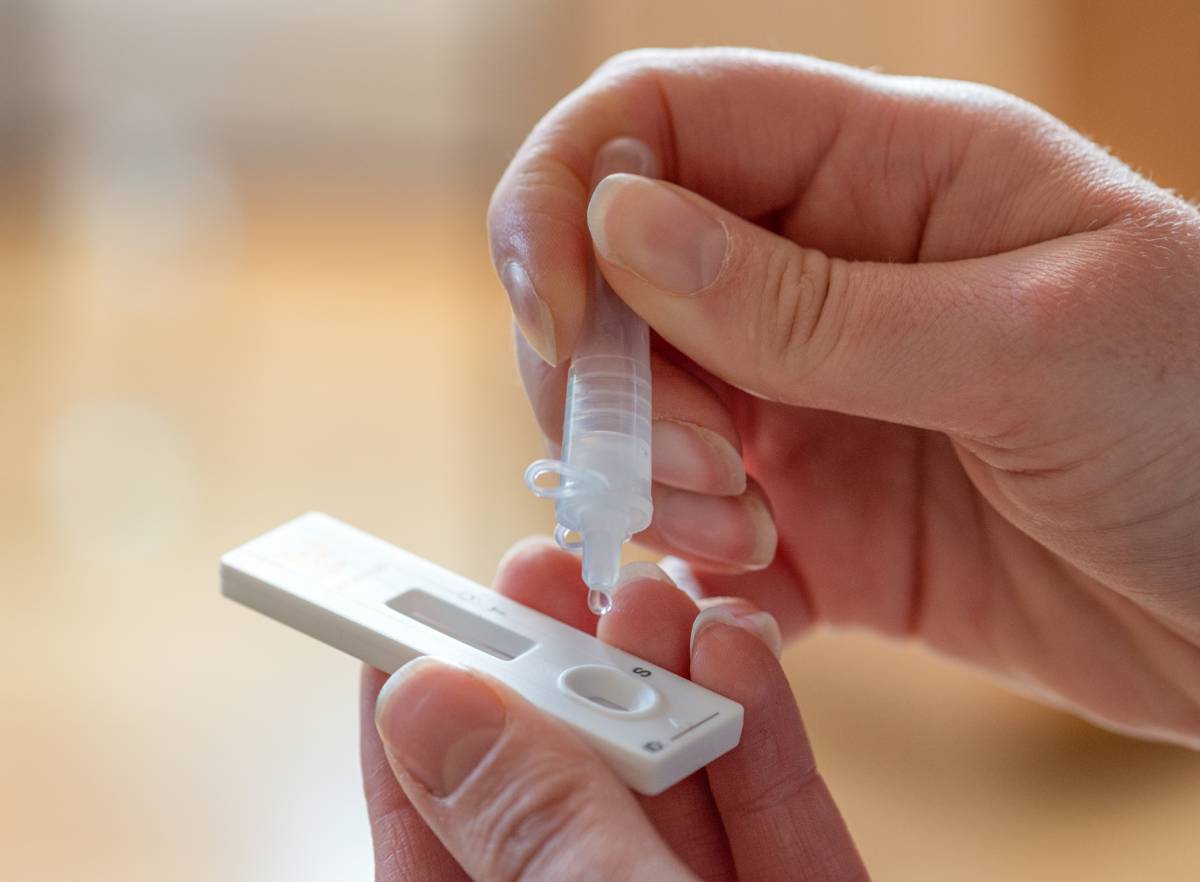
Despite policymakers’ efforts to reduce health care costs via a number of different means since the 1980s, the growth of health care cost as a fraction of the United States GDP has continued a steady upward trend. Even after extracting out supplemental COVID-19 funding, the ratio of health care expenditure to gross domestic product (GDP) surpassed 18% in 2020. Despite high levels of spending at both the country and individual level, the U.S. trails behind many other high-income nations in key metrics of health and the functioning of the health care system.
Since 1960, health care spending as a fraction of the GDP has risen by an average of 2.2 percentage points per decade – in sharp contrast to the average increase of 1.1 percentage points per decade in other high-income countries. Interestingly, this rise has been rather non-linear. Increases were higher than average in response to the establishment of Medicare and Medicaid in the 1960s, but lower than average in response to managed-care expansion in the 1990s and in the 2010s. The overall increase in health care costs as a fraction of the U.S. GDP can be linked to some long-term trends, however, including an aging population [3] and the lack of institutional budgets to limit and guide spending.
Although health care spending has been funneled into hospital care, physician services, and other personal health care, life expectancy has not improved rapidly. On the contrary, increases in the health care cost fraction of the U.S. GDP have taken a toll on individual well-being. Most median-income American worker salary increases in the last few decades have been absorbed by increased taxes, health care premiums, and out-of-pocket expenses [4]. This is exacerbated by the fact that programs such as Medicare have no legislative limits on spending – this results in hospitals increasing prices in response to rising costs, meaning consumers have to pay higher insurance premiums. This system has precipitated patient bankruptcies, leading to unpaid bills and budget crises for state and even the federal governments.
A number of interventions should be and have been made to reduce the cost of health care in the U.S. First, individual lifestyle factors can be improved to decrease the need to access health care. According to the American Medical Association (AMA), lifestyle modifications can reduce annual health care costs by nearly $2,700 per participant. Individuals and patients need to be well-educated about, and abide by, guidelines for a healthy lifestyle and available resources to this end, and access to and the effectiveness of interventions can be improved [5].
At a systems level, reforming key administrative processes can also reduce costs. Prior authorization processing, managed care, deductibles and co-payments, standard electronic transactions, and bundled-payment programs are all areas that can be targeted. In many other Organization for Economic Cooperation and Development (OECD) countries, health care organizations adopt fixed budgets tied to tax revenue and general economic growth, resulting in a more stable ratio of health care expenditures to GDP [1].
With the health care cost fraction of GDP reaching 18%, in stark contrast to the average 12% in other high-income countries, efforts need to continue to be made to reduce the growth of health care spending. Crucially however, this must be implemented in parallel with the adoption of novel, effective technologies and deliberate efforts to improve the quality of clinical care.
References
- Skinner, J., Cahan, E. & Fuchs, V. R. Stabilizing Health Care’s Share of the GDP. N. Engl. J. Med. 386, 709–711 (2022). doi:10.1056/NEJMp2114227
- Khan, T., Tsipas, S. & Wozniak, G. Medical Care Expenditures for Individuals with Prediabetes: The Potential Cost Savings in Reducing the Risk of Developing Diabetes. Popul. Health Manag. 20, 389–396 (2017). doi:10.1089/pop.2016.0134
- Why Are Americans Paying More for Healthcare? Available at: https://www.pgpf.org/blog/2022/02/why-are-americans-paying-more-for-healthcare.
- Auerbach, D. I. & Kellermann, A. L. A decade of health care cost growth has wiped out real income gains for an average US family. Health Aff. (2011). doi:10.1377/hlthaff.2011.0585
- The AMA can help you prevent type 2 diabetes | AMA Prevent Diabetes. Available at: https://amapreventdiabetes.org/.

